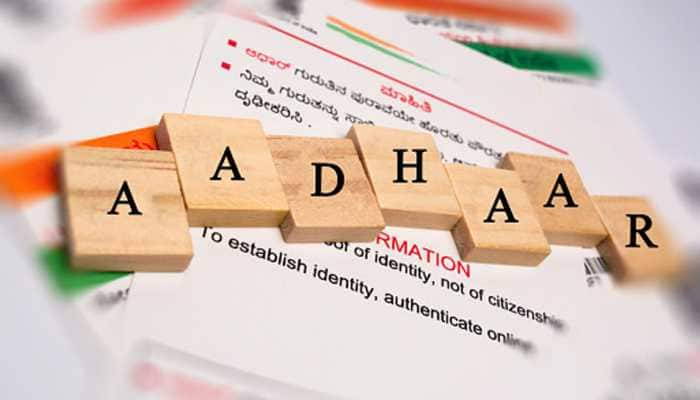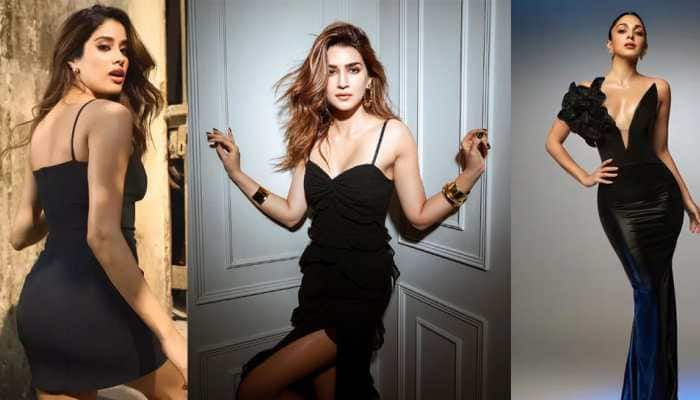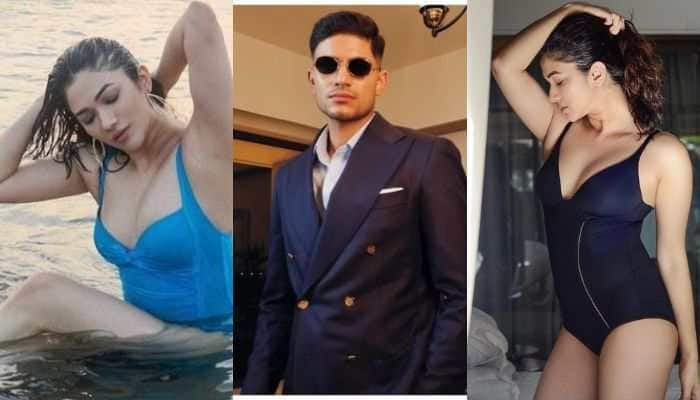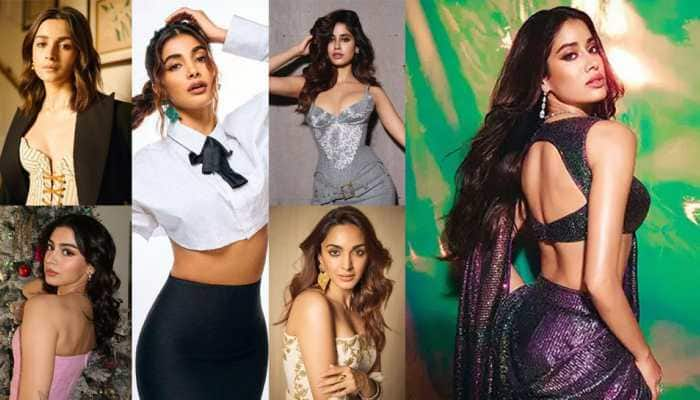India Art Fair 2017: Frames to make you smile
Trending Photos
)
Garima Dutt
The India Art Fair (IAF) 2017 has begun, opening with an exclusive press and VIP preview on February 2. In its 9th edition, it is already considered one of the most important art platforms in South Asia.
The list of exhibitors had been trimmed last year, and with the part-acquisition of the fair by the MCH Group (globally renowned exhibition organisers that run Art Basel), the highpoint of this year’s fair is a further pared down list of 72 Indian and international galleries, 17 specially curated art projects chosen through a stringent selection process where the focus evidently has been on innovation, selection of works and thematic curation.
The size of the art spread, while tempting is also daunting, and even a particularly interested art lover is unlikely to have more than four hours at her disposal, which allows one to soak in only so much before closing time.
This art nose poked into as many interesting corners as it could, and on careful thought, had these observations to make:
- Most of the art on display is empathically ‘public art’. From women’s issues, global politics, refugee crisis to technology and its impact – all of it is represented at the fair. Not the art that lives in personal spaces, but the kind that breathes better outside.

For instance, Pakistani-American artist Anila Quayyam Agha's critically acclaimed and award winning sculptural installation 'All the Flowers are for Me' is a moving and beautiful, at the same time a very public tribute that strives to capture “the identity, beauty, and femininity of her late mother and other mothers that become obscured by gravestone and shroud.”

Again, Mithu Sen's 'Phantom Pain', a gripping primeval demonstration made with dental prosthetics is a public reflection on “defined categories of art-making as well as the distance between the artist and her audience.”
- A great deal of paintings, exhibits and installations are marked with a kind of irreverence and humour, which mediates most visual narratives here and does not allow them to slip into sentimentality or propaganda. The works seduce and draw us in with a smile.

Nepalese artist Sunil Sigdel aces this irreverent humour in his extremely political painting 'Peace Owners II', a satirical take on the holy trinity made of Donald Trump, Vladimir Putin and Kim Jong Un, infused with Buddhist imagery and style.
- The written and printed ‘Text’, the ‘Book’ and the worlds that belong there, form a substantially large part of either theme or material for the art showcased. This has been a consistent theme, used both as literal material and as visual metaphor.
While several artists have included the text in their works but arts of Tassos Pavlopoulos, Atul Dodiya, Nalini Malini and Anju Dodiya prominently stand out. Works of Greek artist Tassos Pavlopoulos frequently carry sardonic images and tongue-in-cheek text.
- A great deal of the works displayed are installations, or multiple medium collages, often drawing their visual grammar from popular forms like street art and pop culture.

Mumbai-based artist Reena Saini Kallat’s ‘Woven Chronicle’ is an interesting interpretation of the times we live in. A connected, open planet is depicted using electric wires as yarn but it is ironically replete with contradictions in the form of “stringent immigration laws, closed borders and prejudices individuals face when seeking to transgress geographic boundaries”.

On display, near the VIP Lounge, is BMW’s 13th Art Car, the BMW M3 GTR painted in 1992 by Italy's most renowned contemporary artist Sandro Chia. It showcases a unique, tasteful mix of art, technology and design.
- Most new works displayed at the fair seem to display very similar techniques and approaches, independent of the artist’s nationality or nativity. Like other aspects of life, art too is falling (or rising, depending on one’s socio-political persuasion) to the ‘global’.
Thus, the specially curated Gallery ‘Vernacular In Flux’, (a newly created space at the fair) by Dr Annapurna Garimella focussing on the indigenous techniques of painting and storytelling through Gond, Madhubani and Mysore paintings is admirable. The gallery seeks to represent India’s native art traditions amidst contemporary artistic expressions but remains just that as ‘the vernacular’ needs further exploration. One hopes to see this exploration of the ‘vernacular’ to turn a little less self-conscious and a little more engaged with the contemporary ‘vernacular’.
- One cannot help but notice that masters of modern Indian art still tower above most contemporary artists, primarily owing to their strong personal styles – which seems missing in the new works one sees. Besides M.F Husain, F.N Souza, Krishen Khanna, even the ‘Anonymous’ artists of paintings from the early Bengal School displayed in DAG booth are awe inspiring.

On display is F.N Souza’s landmark work (sold for over Rs 16 crore in 2015) ‘Man and Woman Laughing’ from 1957 – the late fifties being a very intense and uninhibited phase of Souza’s artistic career.
Aicon Art Gallery has showcased an uncharacteristic Husain from his ‘experimental 60s’ period. One wouldn’t recognise it as the Master’s work without a very close inspection. It is as beautiful as several other works of his on display, including serigraphs at the Archer Art Gallery.
Krishen Khanna’s ‘Bandwallahs’ pulls one in; one finds joy in discovering and re-discovering the post-modernist artist Sunil Das in his works.
I came away from the fair pleased by the experience of the spectacle, filled with art but not quite sated; one felt the spread was wanting of significant new works; works that ‘significantly re-defined’ experience. Not much of what one saw, stayed in the mind, after.
Individual genius seemed missing –one had the sense of engaging with a general expression of the collective, most of the art seemed ‘anonymous’ (notwithstanding the names attached). One came away with the aftertaste of a broad expression of people and multiplicity of styles, without any one strain able to rise above.
However, this generalised expression of art is one’s part – it is the art of the times - and exploring it is symptomatic of the art today, rather than a sign of lack of individual genius. Perhaps.
The 2017 India Art Fair can be summarised as a glimpse into the changing direction of Indian and South Asian art, a peek into its wonderful attempts to stay connected with the contemporary global scene while trying to find its own place, and a pointer towards the shifting relevance and meaning of art in an increasingly digitised and slowly shrinking private world, which is overwhelmingly global.
The India Art Fair 2017 is on till February 5, 11am to 7pm at NSIC Grounds, Okhla. Entry by tickets.
Stay informed on all the latest news, real-time breaking news updates, and follow all the important headlines in india news and world News on Zee News.
Live Tv







)
)
)
)
)
)
)
)
)
)
